CreekSide
Silver Member
- Jan 31, 2023
- 3,721
- 12,785
Got any skunk beads? They are my favorite
Follow along with the video below to see how to install our site as a web app on your home screen.
Note: This feature may not be available in some browsers.
There are no such beads, but if they come across, I will inform you.Got any skunk beads? They are my favorite
Rattlesnake then.There are no such beads, but if they come across, I will inform you.
Oh .... This is my old love !!! I find something myself, but in most cases, it is purchased from my fellow seekers.where are you getting these?!
Okay ! I'll keep it on mind ! When the "rattlesnake" appears, I'll let you know.Rattlesnake then.
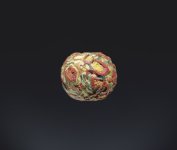
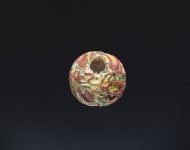
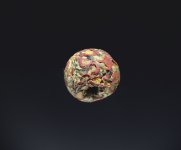
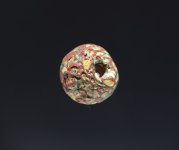
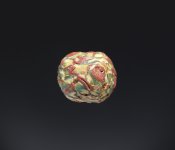
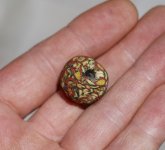
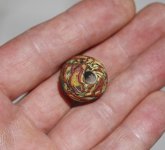


I had to take another look at thes ones. At first a lot of them looked like Lapis lazuli.Antique beads - Roman blue glass
I have only found beads in the fields, I have never been able to find them in water bodies.Very nice color on all the beads.
Have you found beads like this in the fields or waterways?
Thanks for the compliment ! 🤝🤝🤝 I'm glad you liked the beads.I had to take another look at thes ones. At first a lot of them looked like Lapis lazuli.
Great looking collection of spectacular looking beads you've amassed.
I have always really liked beads.Thanks for the compliment ! 🤝🤝🤝 I'm glad you liked the beads.
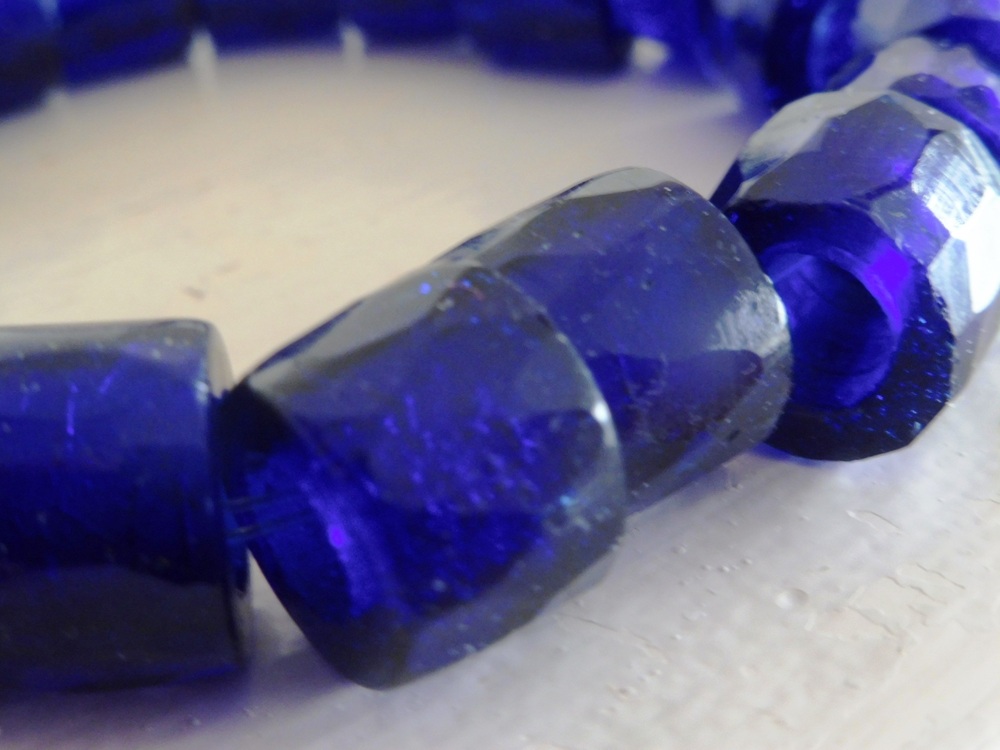
most of our trade beads are very plain in comparison. the ones I find are small and simple, often what we call "Russian Blue". Who manufactured the majority of beads you have and how old are they? what was the trade route, who was trading them and for what? So for example in the northwest of America, there were trading posts set up to trade goods (including beads) to the native folk in return for fur (beaver and otter) pelts. Forts set up from Alaska to California by the British, Americans and Russians.